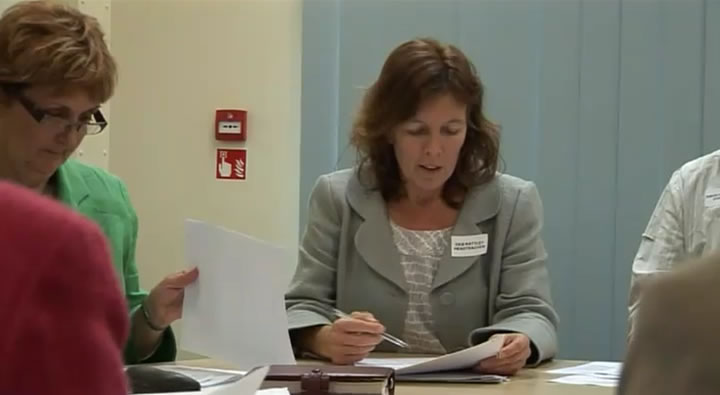Collaborative approaches are key to unlocking the innate abilities of children and young people with Complex Learning Difficulties and Disabilities. We recommend that transdisciplinary practice is encouraged wherever possible.
CLDD
Project Recommendation, 2011
There is a clear expectation within government policy, and professionally, for practitioners to work and collaborate with
other disciplines. Central to collaborative practice is the treatment of families as partners in relation to service delivery.
How this is achieved in practice will depend on the model of collaborative working that is adopted.

Within multidisciplinary teams each member acts autonomously in terms of their assessments, interventions and discipline-specific
goals. There is an increasing attention to the concept of transdisciplinary, interdisciplinary and multidisciplinary practice,
where the focus is on group-based interventions and holistic delivery.
Thinking about the practice used by the professional disciplines that you are involved with in working with children with
learning difficulties and disabilities, what advantages can you identify in working in a more transdisciplinary way?
Are your review or educational planning meetings open to family members?

Collaborative, multiprofessional working and shared decision making is necessary to ensure that the education, social
care and health needs of children with learning difficulties and disabilities are assessed, and plans are developed, implemented,
reviewed and evaluated. Multiprofessional meetings involving families and colleagues from education, health and social work
are held regularly to review a child’s progress and identify new targets.
As part of the shared decision making process there is a need to appreciate the practice context of colleagues from other
disciplines and the professional regulation frameworks and codes of practice that are in place.
People with passion or flair inspire others. We need to capitalise on the strengths, interests
and talents of our colleagues. How can we spread their knowledge with best effect?
Watch the video of Sophia’s review, noting the backgrounds of the professionals involved in meeting her needs. Identify
the regulatory issues that need to be taken into account in relation to multiprofessional working.

Kline, R. and Preston Shoot, M. (2012) Professional Accountability in Social Care and Health: Challenging unacceptable practice and its management. Sage.
